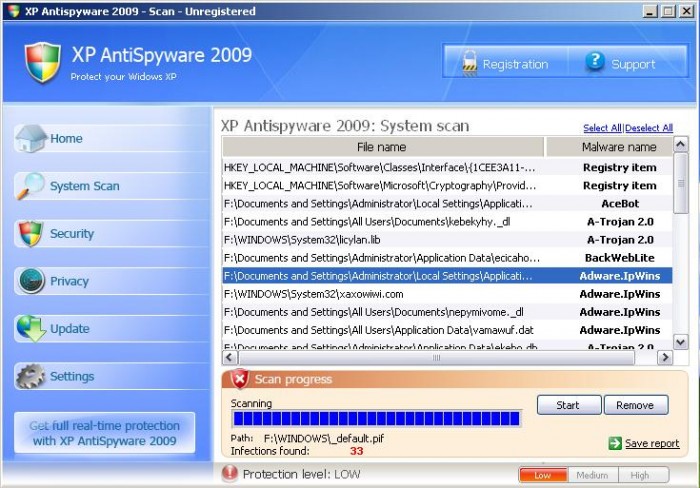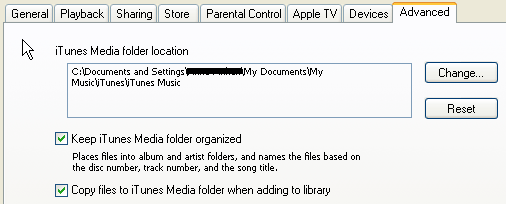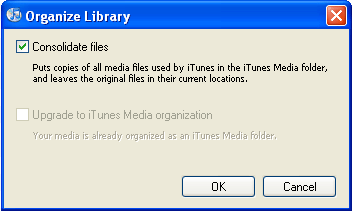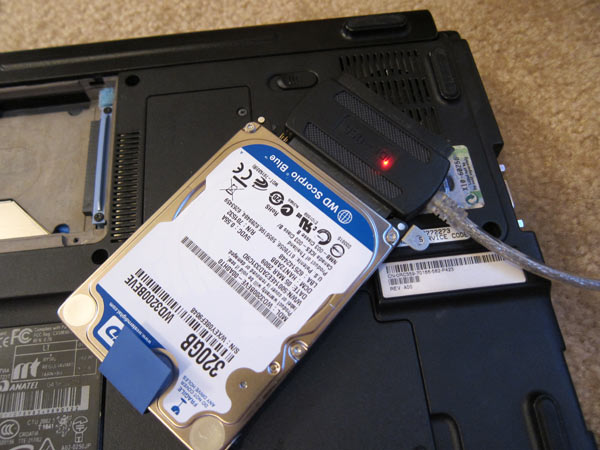Windows “AntiSpyware” 2009
Gina Trapani wrote up a great article on the infamous Antispyware 2009 and how to get rid of it. This software pretends to be legitimate antivirus software, but is itself a virus. There are many variants of the software and I wrote about one of them called Antivirus XP 2008.
How to Remove XP AntiSpyware by Gina Trapani
It’s been a long time since I’ve had to deal with a malware-laden PC, but my long streak of luck ran out this weekend when a family friend–who describes himself as computer illiterate–called. “Every time I try to do anything on the computer,” he told me, “I get a message saying it’s infected, and I have to pay $69 to clean it, but I tried to do that and I couldn’t.” He couldn’t even navigate to the Mozilla site to download Firefox; Internet Explorer was completely hijacked.
Read the rest of How to Remove XP AntiSpyware



